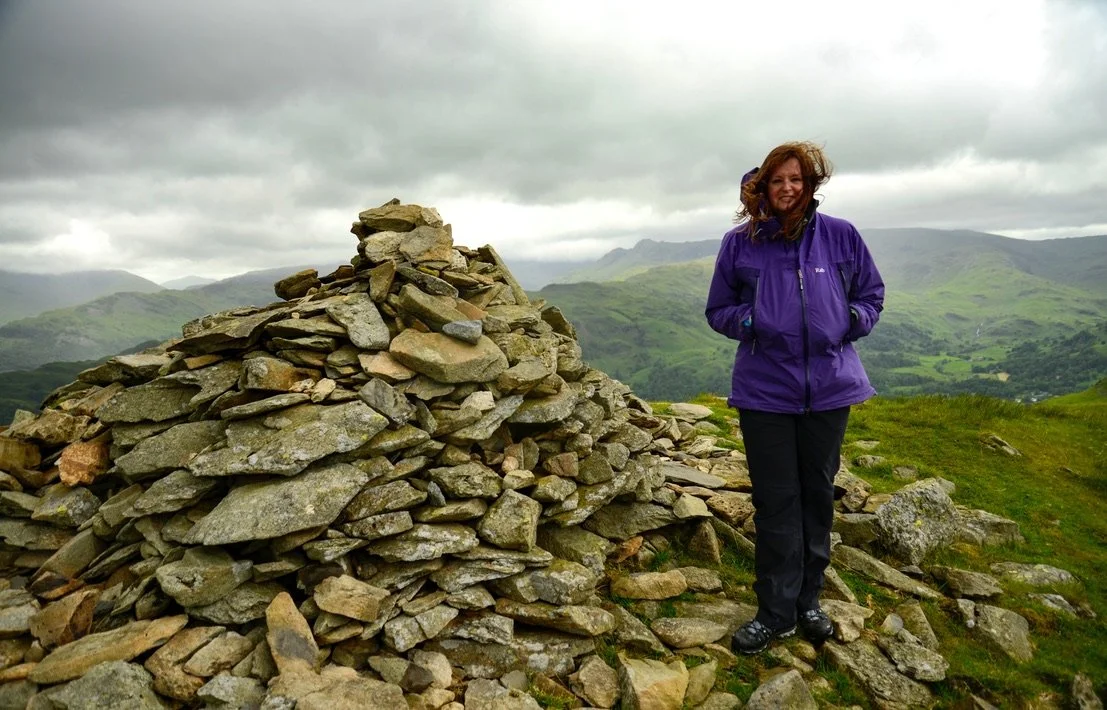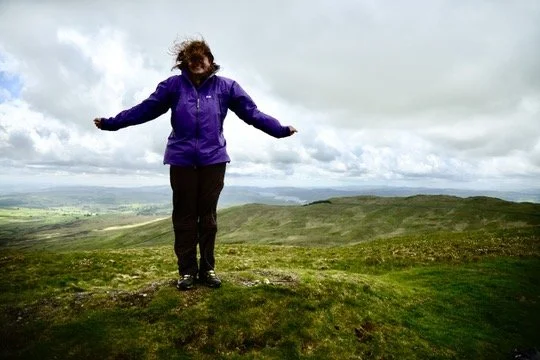Coping with adverse weather conditions : Wind
/Walking and hiking in windy weather can be exhilarating, but it can carry risk as well. Wind speeds increase as you climb higher and can whip with real force over ridges and cols, stopping you in your tracks. We once crested the summit of Hartsop Above Howe and the wind literally knocked the dog over and sent Bro staggering against a rock. It was lucky we weren’t on an exposed path and it took some effort to battle against it to get to lower ground.
So how windy is too windy?
It seems, from the Met Office, that gusts of 30-40 miles per hour are when things can start to get tricky. This is when you can be buffeted and lose your footing or stagger; not something you want when you’re on an exposed ridge or path. 50 mile an hour gusts will affect your walking and anything over 70 miles an hour will be dangerous in the high hills. So what can you do?
1. Plan and prepare : Check the weather forecast and the mountain weather forecast before you set out. If it looks as though winds will drop later in the day, plan your route accordingly or plan at least be on lower ground when wind speeds are at their highest. Keep to paths, keep and eye on everyone you might be with and perhaps consider choosing a longer but lower route rather that a more exposed one. Also try to avoid being in woodland as much as possible.
2. Wind Chill : For every 300 metres you climb, the temperature will cool by 2 degrees and wind chill is something to be considered very carefully, especially in the hills. I once went to Swedish Lapland where it was -25 which, on a calm sunny day, didn’t feel particularly cold, but once a breeze sprang up, it was difficult to be outside. Take and wear plenty of warm layers and have plenty of sustaining food and drink with you.
3. Use walking poles : These are invaluable for stablising you if you are buffeted. We walked an edge in the Lakes one January and if we hadn’t braced using our poles, it could have been serious.
4. Wear warm clothing : I have a lovely waterproof jacket which is really comfortable to wear all day and keeps me warm and dry. It’s also the best thing to wear when it’s windy, along with waterproof over trousers. We once did a November walk up to to Stybarrow Dodd and the summit wind was so cold that within a frighteningly short time, I couldn’t feel my legs and we had to make a hasty descent. In early spring or late autumn, I either wear baselayer leggings under my regular trousers or fleece lined winter weight trousers and these have worked well, but I would always favour the over trousers (with the baselayer leggings as well if it’s really cold) in the hills, especially in the winter months.
5. Use a Buff or neck gaiter : Walking with strong wind in your face all day makes your eyes stream and either blocks your nose or makes it run. Bro and I thought we were getting colds after a long day in windy conditions as we were bunged up, but as soon as we got out of the wind, it all cleared. A Buff over the lower part of your face may help as would sunglasses if it’s sunny.
6. Rest : It’s tiring, climbing and hiking against the wind and it’s lovely to find a sheltered spot to get out of it, warm up a bit and have a break from the pummelling and the noise to be honest.
7. Tell someone : As always, let someone know where you’re going, especially if you’re walking, hiking, climbing, running or cycling alone. Know how to call for help and carry a whistle and head torch in case you start running out of daylight.

